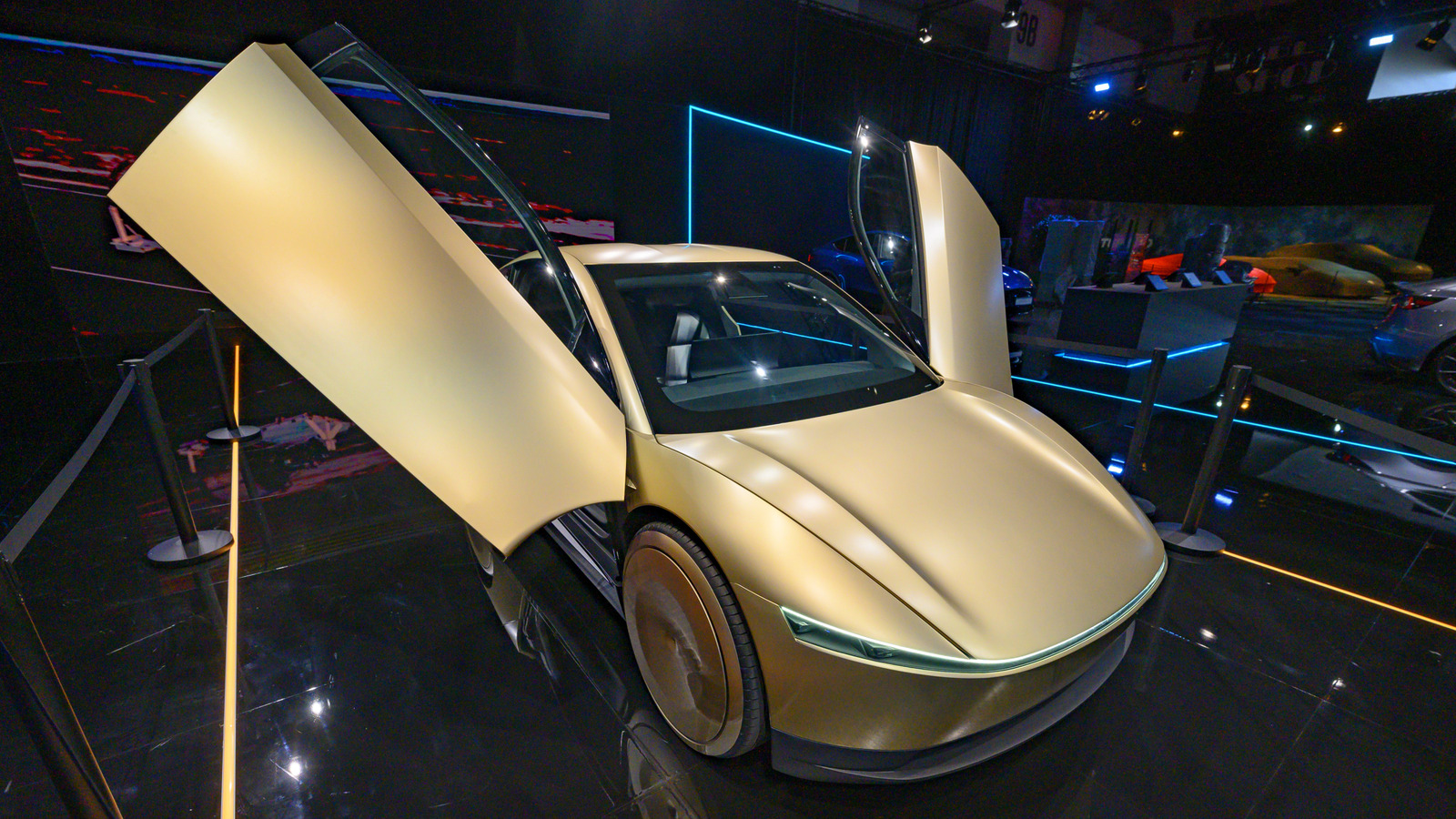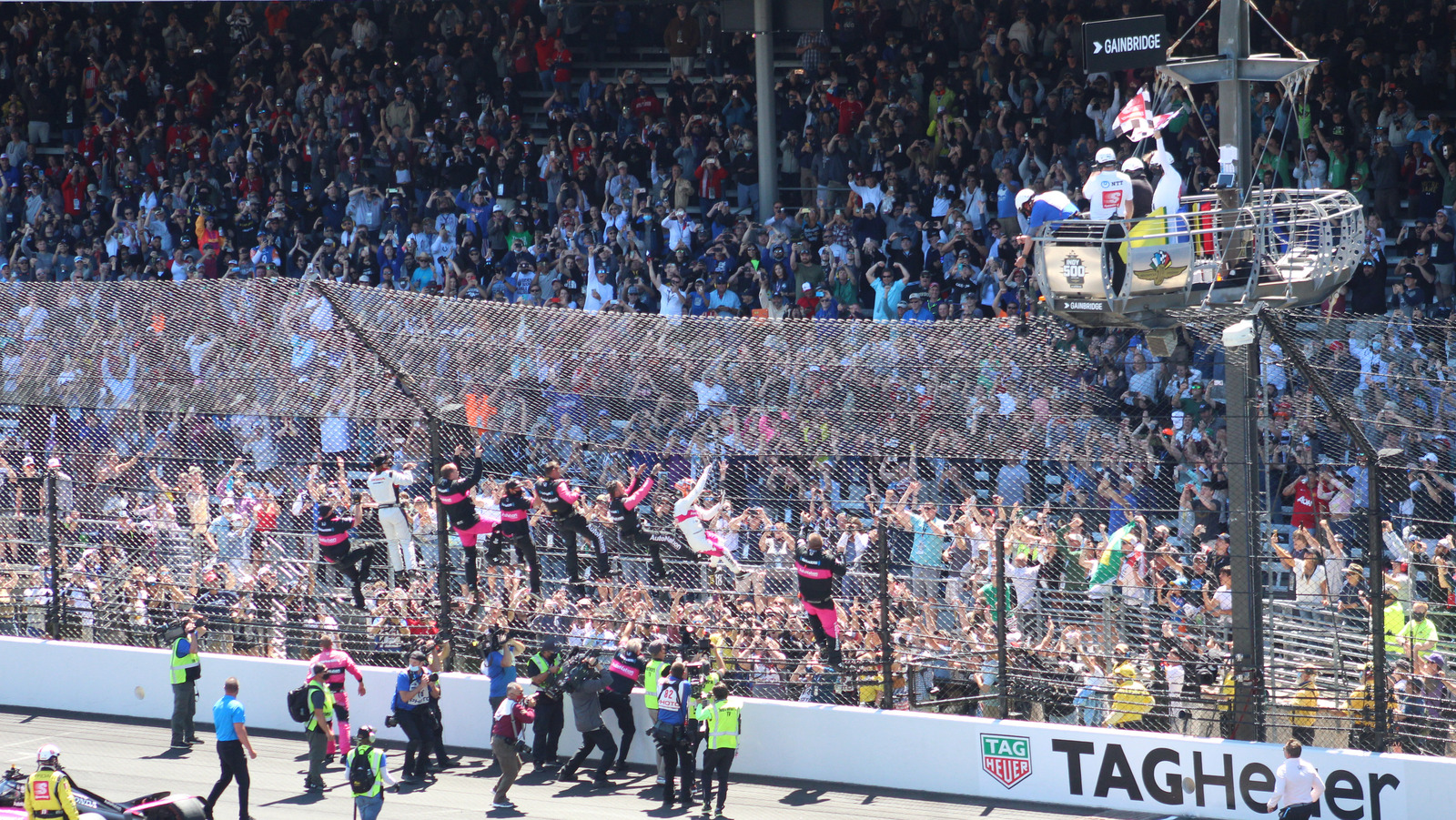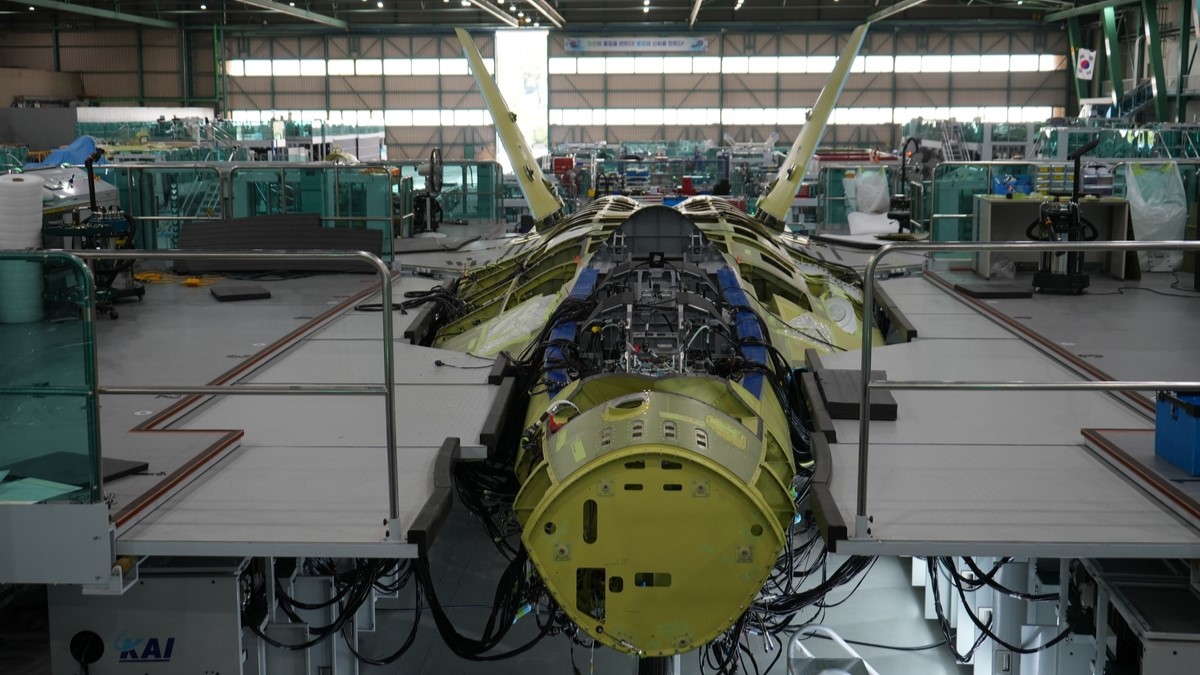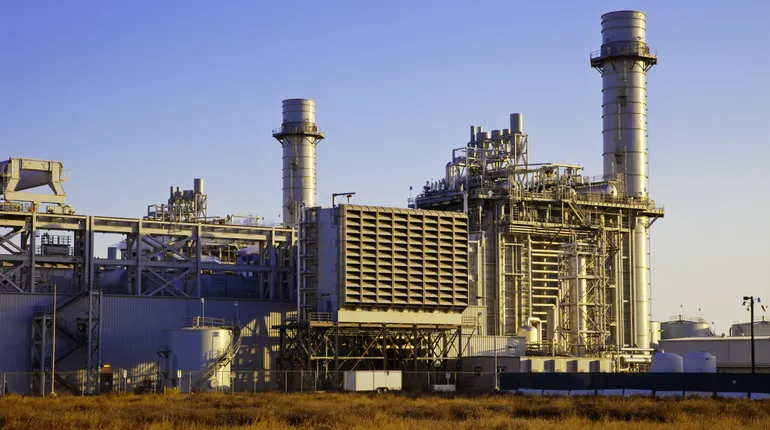Protonated Pyridinic Nitrogen Enhances Chloride Conversion for Ultrastable Li/Na‐Cl2 Batteries
Advanced Energy Materials, EarlyView.

Protonated pyridinic N-doped porous carbon enables uniform LiCl/NaCl nucleation, breaking the passivation bottleneck in Li/Na-Cl2 batteries. This heteroatom engineering strategy unlocks ultralong cycling (1000 cycles) and ultrahigh-rate capability (12 A g−1), paving the way for high-energy-density halogen-based batteries.
Abstract
Rechargeable Li/Na-Cl2 batteries, which utilize Cl2 and Li/NaCl redox conversions, have garnered significant attention owing to their potential for achieving high energy densities. However, the accumulation of insulating LiCl/NaCl on the porous cathode leads to passivation of the cathode and loss of capacity, resulting in a limited cycle life and lower power density. Herein, it is reported for the first time that pyridinic nitrogen in porous carbon undergoes a protonation reaction, transforming to a more active protonated pyridinic nitrogen configuration. This transformation induces charge retransfer and redistribution on the surface of the carbon material. A series of theoretical computations and in situ spectroscopic investigations reveals that protonated pyridinic nitrogen-doped carbons have a lower nucleation barrier for LiCl/NaCl, which promotes uniform nucleation of LiCl/NaCl. As a result, the protonated pyridinic N-doped carbon cathode achieves ultralong cycle stability (1500 cycles, 500 mAh g−1, −20 °C) and an ultrahigh rate capability (up to 12 000 mA g−1). This study proves the effectiveness of heteroatom engineering in regulating C/Cl interactions and boosting the performance of Li/Na-Cl2 batteries.


















































































































































